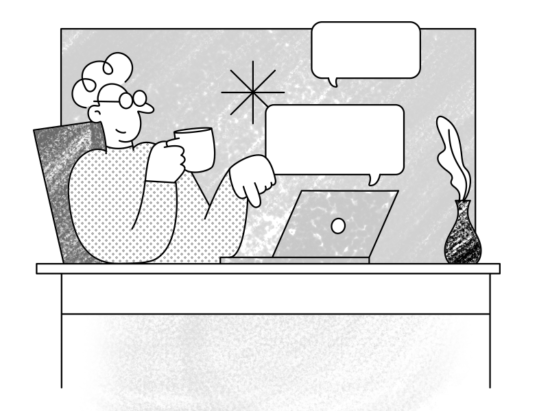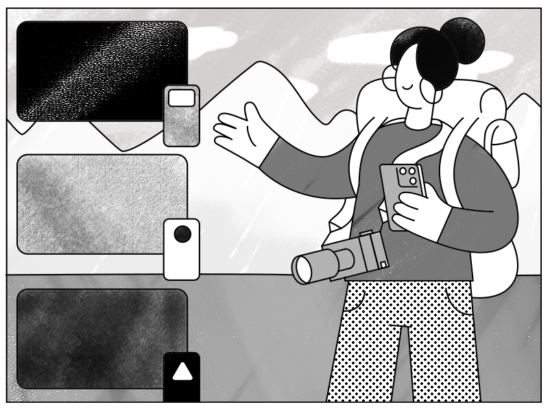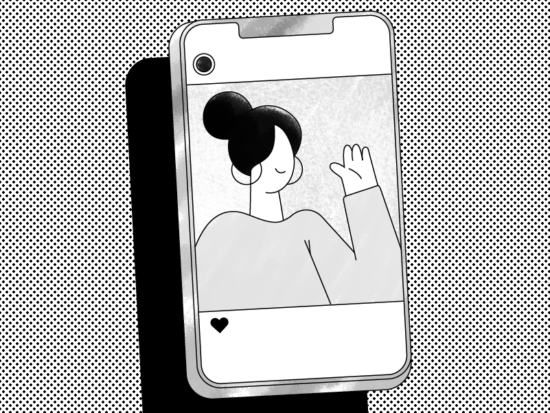It used to be much harder to incentivize customers to refer other people to your business. You had to sweeten the deal and offer great discounts for referrals, because most folks just couldn’t be bothered to go out of their way and persuade their friends or acquaintances to try products or services they use.
Today, thanks to the wonder of social media, sharing something you like is as easy as pressing “like” and waiting for the story to populate your friends’ feeds. On top of that, there is a great selection of software solutions to help you build referral campaigns, like RefferalCandy, and it is always prudent to utilize additional channels like email and not build your approach on social networks exclusively. Easy sharing does not equate to buzz and, more importantly, it does not directly transfer into sales.
The first thing you need for a successful refer-a-friend program remains the same as it ever was: offering incentives for referrals. The power of sharing via social media is best harnessed if you offer cumulative bonuses (or discounts) for both the user who referred and for the person who comes via your referral. People will not choose to participate in your referral program if they don’t get anything out of it – and this goes double for those being referred. For best practices, look no further than daily deal sites like LivingSocial, which gives a credit to the user whose social connections respond to a deal, which works as superb motivations to share and get the word about your product or deal out. Especially when it’s a limited offer.
Dropbox has its fantastic refer a friend program, where they give extra space for files to both you and your friend who signed up for an account thanks to you. Workflowy uses the same tactic; their incentive is that they give you extra points for you pages.
The rewards you offer should be relevant to the customer. Today it is not really a problem to offer customer-specific discounts on items that the customer has expressed interest in. But discounts are not – and should not – be you only tactic, because offering to many items at a reduced price too frequently creates expectations that everything should be discounted all the time. Consider other approaches, like the aforementioned credits that can be redeemed only after a certain amount is collected, akin to a classic loyalty card scheme.
Before launching a referral program, you should know what exactly you plan to do with a new customer, mainly, what will you do to make them into another returning customer. Remember, the refer-a-friend program is not a strategy, it’s a tactic. So plan your next touch points in advance – like packaging insertions or email follow ups and other nifty things discussed in this guide.


